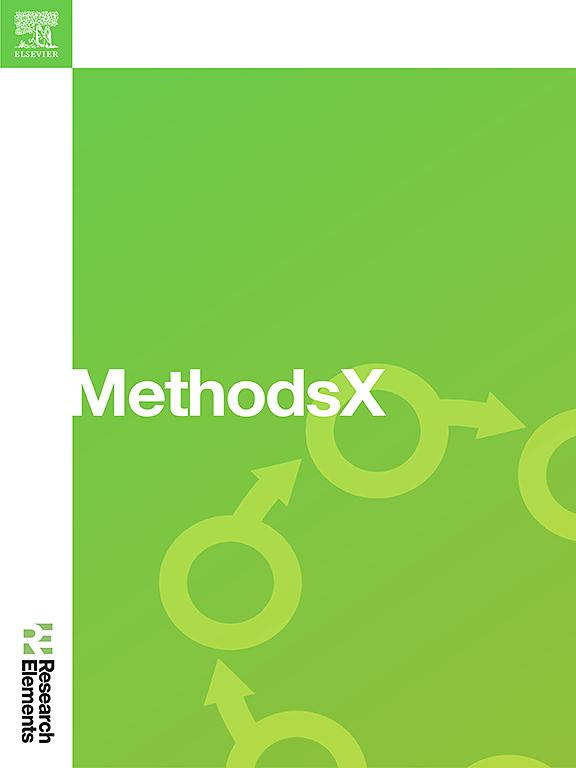多层建筑施工项目实现零事故的职业安全影响因素研究:贝叶斯信念网络方法
IF 1.9
Q2 MULTIDISCIPLINARY SCIENCES
引用次数: 0
摘要
印度尼西亚建筑部门对经济发展至关重要,但由于职业健康和安全措施不足,其事故率很高。本研究从人为因素、组织、工作环境、支付制度等方面探讨高层建筑事故的成因。贝叶斯信念网络(BBN)用于评估OHS实施情况,并确定实现零事故的关键因素。数据是通过一份结构化问卷收集的,由28名专家完成,评估277名工人的33个关键安全变量关系。使用RStudio的bnlearn进行的分析显示,监管要求强烈影响安全设计、企业文化和职业健康安全管理,而过于复杂的安全设计阻碍了监督和培训。研究结果表明,工人的身体和精神状况对零事故至关重要,而仅安全意识是不够的。改进培训可以增强支付系统,提高积极性和生产力。该研究建议简化安全设计和完善职业健康安全程序,以减少事故风险。该方法的主要优点是:•利用贝叶斯信念网络对高层工程的工作事故进行分析。•检查人员,组织,工作环境和薪酬制度方面。•发现简化安全设计和改进培训对实现零事故很重要。本文章由计算机程序翻译,如有差异,请以英文原文为准。

Investigation into the determinants of occupational safety for achieving zero accidents in multi-storey building construction projects: A Bayesian belief network approach
The Indonesian construction sector is vital for economic development but faces high accident rates because of inadequate occupational health and safety (OHS) measures. This study examines causal factors in high-rise construction accidents, focusing on human factors, organization, work environment, and payment systems. A Bayesian Belief Network (BBN) was used to evaluate OHS implementation and identify key elements for achieving zero accidents. Data were collected through a structured questionnaire completed by 28 experts assessing 277 workers across 33 critical safety variable relationships. Analysis using RStudio’s bnlearn revealed that regulatory requirements strongly influence safety design, corporate culture, and OHS management, while overly complex safety designs hinder supervision and training. Findings show that workers’ physical and mental conditions are vital for zero accidents, whereas safety awareness alone is insufficient. Improved training enhances payment systems, boosting motivation and productivity. The study recommends simplifying safety design and refining OHS procedures to reduce accident risks. The main advantages of the proposed method are:
- •Using Bayesian Belief Network to analyse work accidents at high-rise projects.
- •Examined the human, organisational, work environment, and payment system aspects.
- •Found that simplifying safety design and improving the training are important for achieving zero accidents.
求助全文
通过发布文献求助,成功后即可免费获取论文全文。
去求助
来源期刊

MethodsX
Health Professions-Medical Laboratory Technology
CiteScore
3.60
自引率
5.30%
发文量
314
审稿时长
7 weeks
期刊介绍:
 求助内容:
求助内容: 应助结果提醒方式:
应助结果提醒方式:


